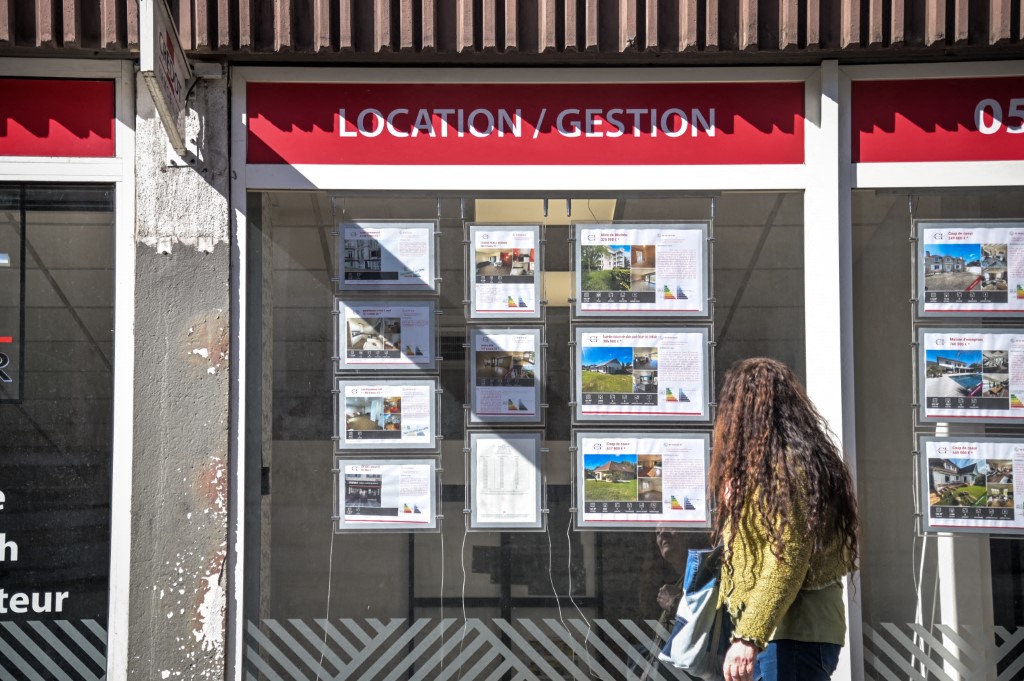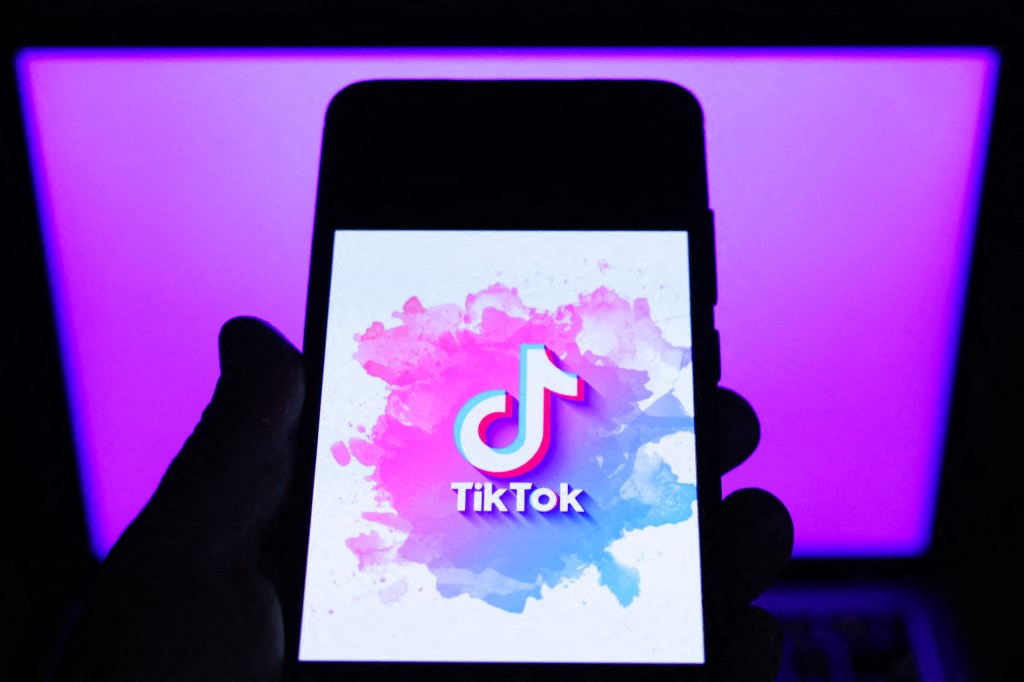Elias Karam, Strategic Planner at Publicis Middle East, explains why you should tap into lighthearted communications in times of crisis, and how to avoid blunders doing it.

One of the quotes I found to ring most true in times like these is by Benjamin Franklin: “While we may not be able to control all that happens to us, we can control what happens inside of us.” Beyond how well it can work at the start of PowerPoint decks and Goalcast videos, this quote describes a reality that we often forget when the going gets tough. In this Covid-19 era and as we are consumed by the media, economic instability, and social isolation, we find it difficult to remind ourselves that while the outside may be bleak, we can choose not to mirror that in our thoughts and feelings.
By far one of the most powerful emotions, humor has stood the test of time, constantly supporting us through hardships. It is a language that transcends gender, age, and culture. And while we may think a pandemic is no cause for humor, it can in fact lift our spirits and bring some light to the darkness.
Humor has proven to have a biological impact on us, strengthening our immune system, increasing our endorphin levels, and releasing the pent-up tension we accumulate throughout the day. This effectively provides our bodies with a buffer against negative external stimuli.
Likewise, humor has an impact on us psychologically. Research conducted by disaster psychologists shows that it plays a significant role in developing our cognitive resilience – the ability to bounce back from adversity. According to Dr. Sean Truman, comedy serves as a mental armor during tragic times. “It’s a really powerful way to manage the unmanageable. Just to make fun of it and to gain control by laughing at it,” he wrote.
On both fronts, humor effectively allows us to cope. It also creates a sense of unity and community that helps us realize that we’re not alone in this pandemic. No wonder that, across the globe, endless streams of user-generated content and memes flood the Internet, poking fun at the situation.
However, not all humor is created equal in times of crisis; the line between funny and inappropriate has never been so thin. A good example of a comedic misfiring in the midst of a tragedy happened around the death of Kobe Bryant, when comedian Ari Shaffir went under massive fire for a few jokes done in poor taste about the recently deceased. More recently, brands such as Geico and Lysol had to call back their pandemic-related, comedic communications following severe consumers blowbacks, simply because of poor timing.
All this illustrates the need for brands to pay attention to their timing and to their tone when using humor for marketing purposes in sensitive times. It is not surprising that during this pandemic, very few brands in the region – like Rabea Tea and Cadbury – have used humor relating directly to Covid-19 or Covid-19 practices, with advertisers frequently asking: “Even though people are being humorous, is it okay for brands to do it?”
To unravel this mystery, let’s look at the research. A Kantar global study using its Covid-19 Barometer shows that 62% of young consumers (aged 18-34) are open to brands communicating humorous content, as long as it does not explicitly address the crisis; and 47% want more humorous content. Regionally, our Publicis Data Science team has launched a weekly Covid-19 Consumer Sentiment Tracker. In the latest editions, consumers in the UAE and KSA have shown increased openness to humorous and lighthearted content, with around 55% expecting brands to provide that type of content. While the data appears promising, it’s important to remain mindful of the type of humor used and of whether it fits the brand. Funny is funny, but not if it does not fit who you are.
What’s more, in such a context, jokes should be rooted in commonalities rather than in differences. Indeed, using the four styles of humor framework – which identifies affiliative humor (your everyday ‘Guess what happened at work’ humor), aggressive humor (putting people down through sarcasm), self-enhancing (cracking a joke at someone’s expense), and self-defeating (where you are shaming yourself to get a laugh out of someone) – studies have shown that only affiliative and self-enhancing humor reduced our anxiety and depression levels by over 30%. This tells us that certain styles of humor bring us together and foster positive associations.
In unchartered times such as these, such behavioral insights shine a light on what works and what doesn’t, even illuminating when brands should communicate – because when it comes to humor, it really is all about the right humor at the right moment.
Our communication analysis of brands using humor during Covid-19 (which, for our purpose, started mid-March when the WHO declared it a pandemic) highlighted global and regional cases such as Burger King, KFC, and Heads & Shoulders tapping directly into the situation. While we don’t know the outcome of their communications yet, we could extract seven best practices:
- Make it mass. All of us are affected in some way by this pandemic; yet, it’s important when communicating to people to avoid focusing on the darker veins of the pandemic.
- Make it human. Now more than ever, people are looking for relatable moments and content. Tap into UGC or replicate current behaviors that the consumer would recognize.
- Make it fit. Keep the humor anchored to your brand personality, to ensure that it makes sense for your brand and is appropriate.
- Make it timely. Keep it in the spirit of the times; when people adopt a new routine or outlook, make sure to be tapping into that in real time.
- Make it light. Going back to the four styles of humor framework, tap into the lighthearted elements of humor and avoid cynical sarcasm.
- Make it purposeful. Create a clear association towards your product’s USP and brand platform to justify the campaign.
- Make it insightful. Many brands have tapped into a real, relevant human truth, something that makes us nod our heads, thinking “Yeah, that’s so true”.
Humor may always be subjective, but it does have its guidelines, especially in times of crisis. So, when communicating humor during Covid-19, avoid knee-jerk responses and be mindful of these strategic considerations to effectively harness that emotion.





